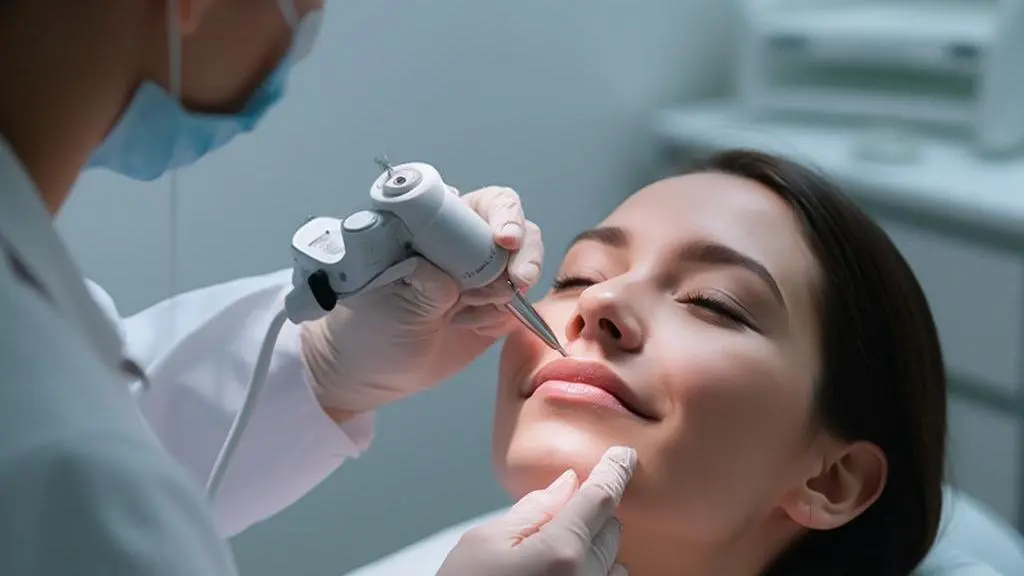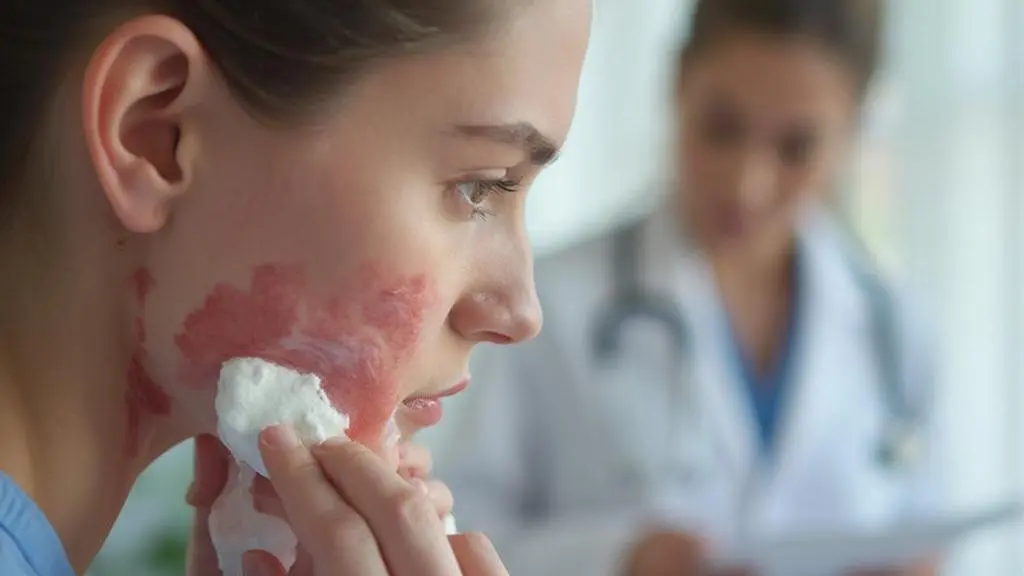Moles are common skin growths that can appear anywhere on the body. While most are harmless, some may require treatment for cosmetic or medical reasons. Understanding the options for mole treatment is crucial for maintaining skin health and beauty.
Types of Moles and When to Seek Treatment
Moles come in various shapes and sizes, and understanding their types is essential for determining the best treatment. Common moles are usually harmless, while atypical moles may require closer monitoring. Dysplastic nevi, for instance, can resemble melanoma and should be evaluated by a dermatologist. At Dr. Kritika Derma Clinic, our expert team led by Dr. Kritika Pandey MD (Dermatology) provides thorough examinations to assess the need for mole treatment.
There are three primary types of moles:
- Common moles: These are usually small, round, and evenly colored. They are generally benign and do not require treatment unless they change in appearance or cause discomfort.
- Atypical moles: Also known as dysplastic nevi, these moles are larger and have irregular borders. They can be a mix of colors and may resemble melanoma. Regular monitoring is crucial for these moles.
- Congenital moles: Present at birth, these moles can vary in size and have a slightly increased risk of developing into melanoma, especially if they are large.
It is important to seek treatment if a mole exhibits any of the following characteristics, often remembered by the acronym ABCDE:
- Asymmetry: One half of the mole does not match the other.
- Border: The edges are irregular, ragged, or blurred.
- Color: The mole has different colors or shades of brown, black, red, white, or blue.
- Diameter: The mole is larger than 6 millimeters across (about the size of a pencil eraser), although melanomas can sometimes be smaller than this.
- Evolving: The mole changes in size, shape, or color.
For more detailed information on mole types and their characteristics, visit our mole treatment page.
Surgical and Non-Surgical Treatment Options
Surgical excision is a common method for mole removal, particularly for moles that are suspected to be cancerous. This procedure involves cutting out the mole and a small margin of surrounding skin. The excised mole is then sent for biopsy to confirm whether it is benign or malignant. This method ensures that any potentially dangerous cells are completely removed, reducing the risk of recurrence. The procedure is typically performed under local anesthesia and may leave a small scar. Non-surgical options include laser treatment, which is effective for smaller, benign moles. Laser treatment uses concentrated beams of light to break down the pigment in the mole, causing it to fade over time. This method is less invasive and often results in minimal scarring. At Dr. Kritika Derma Clinic, we offer advanced laser treatments that minimize scarring and ensure quick recovery. For more information on laser treatments, visit our laser treatment page. Both surgical and non-surgical methods have their advantages, and the choice depends on the type, size, and location of the mole, as well as the patient’s preferences and medical history.
Benefits of Professional Mole Treatment
Professional mole treatment offers numerous benefits, including improved skin appearance and reduced risk of skin cancer. At Dr. Kritika Derma Clinic, our commitment to excellence ensures that every patient receives tailored solutions. From acne management to anti-aging therapies, our skilled team delivers exceptional results with compassion and expertise.
One of the key advantages is the personalized care provided by experienced dermatologists. Each patient’s skin type and mole characteristics are carefully evaluated to determine the best treatment approach. This ensures that the treatment is not only effective but also minimizes risks and complications. For example, a detailed examination can help identify moles that may require surgical excision versus those suitable for non-invasive methods.
Moreover, professional treatment significantly reduces the risk of infection. Sterile environments and precise techniques minimize the chances of post-treatment infections. This is crucial, especially for procedures like surgical excision, where maintaining a clean and controlled setting is paramount. Additionally, professional care ensures that the removal process is as painless as possible, with appropriate anesthesia and post-treatment pain management strategies.
Another benefit is the reduced likelihood of scarring. Advanced techniques, such as laser treatments, are performed with precision to minimize scarring. This is particularly important for moles on visible areas of the body. Our clinic’s advanced laser treatments ensure quick recovery and minimal scarring, enhancing overall skin aesthetics and patient satisfaction.
Post-Treatment Care and Follow-Up
Post-treatment care is crucial for ensuring optimal results and preventing complications. This includes keeping the treated area clean and following your dermatologist’s instructions. Regular follow-up appointments are essential for monitoring skin health and detecting any new concerns early. At Dr. Kritika Derma Clinic, our personalized care extends beyond the initial treatment, ensuring long-term skin health and satisfaction.
Immediately after the procedure, the treated area may be sensitive. It is essential to avoid touching or scratching the area to prevent infection. Use mild soaps and lukewarm water for cleansing. Avoid exposing the area to direct sunlight and always apply a broad-spectrum sunscreen with a minimum SPF of 30. For more information on skin care, visit our page on general skin treatment.
Follow-up appointments are scheduled based on individual needs. During these visits, your dermatologist will:
- Examine the treated area for proper healing.
- Address any concerns or questions you may have.
- Check for any signs of new or changing moles, which could indicate potential issues.
Regular skin checks are vital for early detection of any skin abnormalities. Early intervention can significantly improve outcomes, ensuring your skin remains healthy and clear. Your dermatologist may also provide guidance on maintaining overall skin health, including recommendations for skincare routines and lifestyle adjustments.
At Dr. Kritika Derma Clinic, we are committed to providing comprehensive care. Our follow-up process ensures that every patient receives the attention and support needed for optimal results. Whether you are dealing with moles, acne, or other skin conditions, our team is dedicated to your well-being.
Final words
Effective mole treatment requires a personalized approach tailored to individual needs. Whether through surgical excision, laser treatment, or other methods, Dr. Kritika Derma Clinic offers comprehensive solutions to enhance skin health and beauty. For those seeking expert care, contact us today to schedule a consultation and experience the difference of our patient-centered approach to skincare.








Leave a Reply